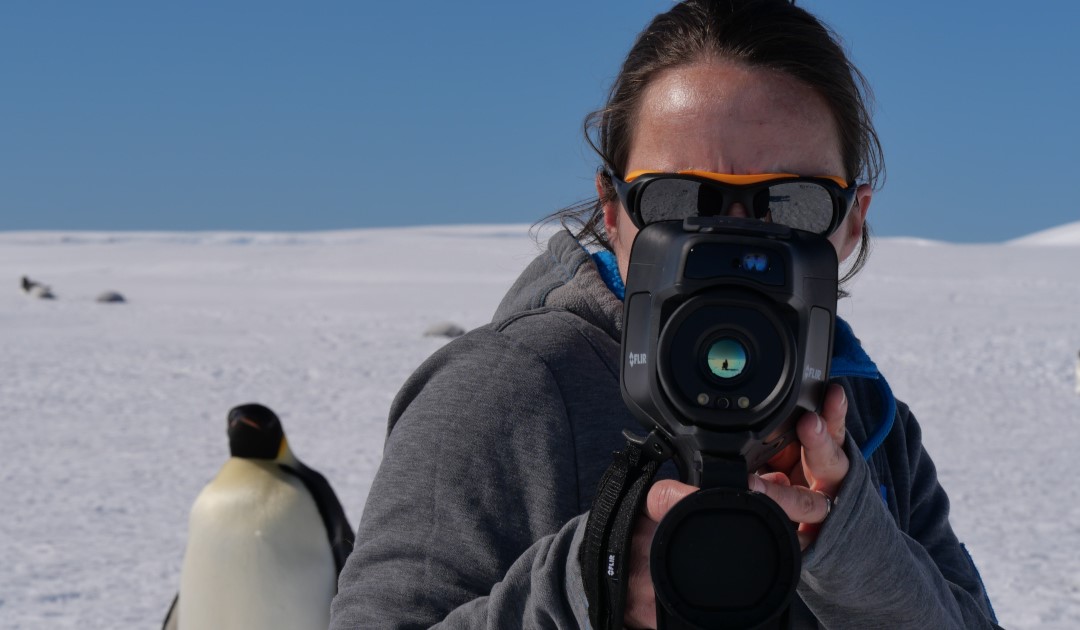
Signs of stress visible in the infrared
How can we distinguish between calls of recognition and those of distress in a dense penguin breeding colony? The answer lies in the infrared radiation of these animals.

How can we distinguish between calls of recognition and those of distress in a dense penguin breeding colony? The answer lies in the infrared radiation of these animals.
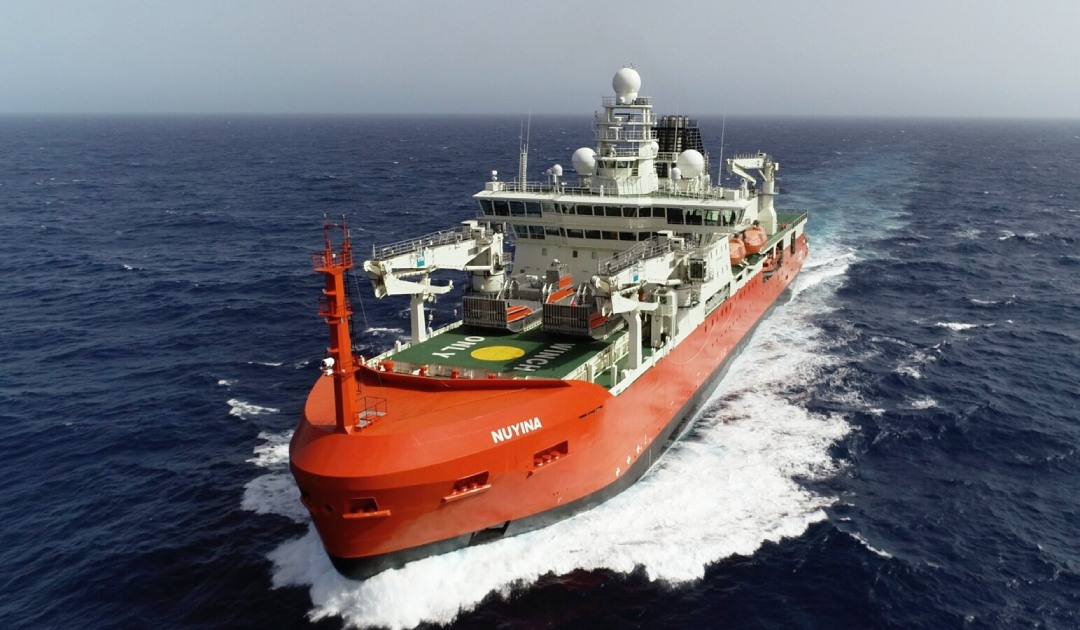
During its three years in operation, the 320-million-euro research vessel has been needed for other tasks. Now, concerns are starting to surface.
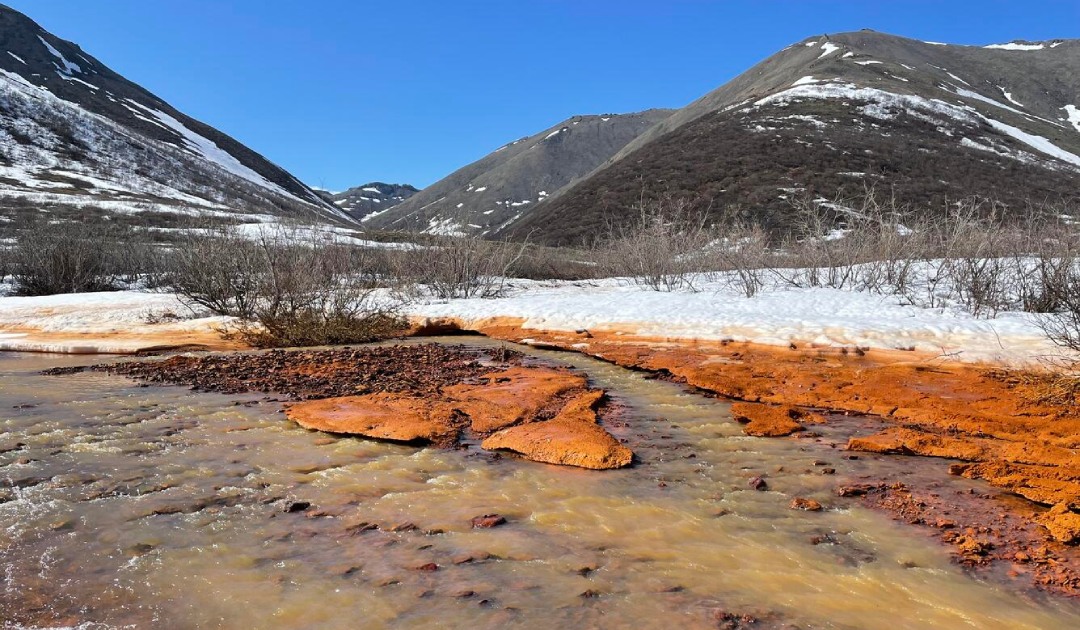
The exact reason that rivers in northern Alaska have turned orange is unknown, researcher tells Polar Journal.
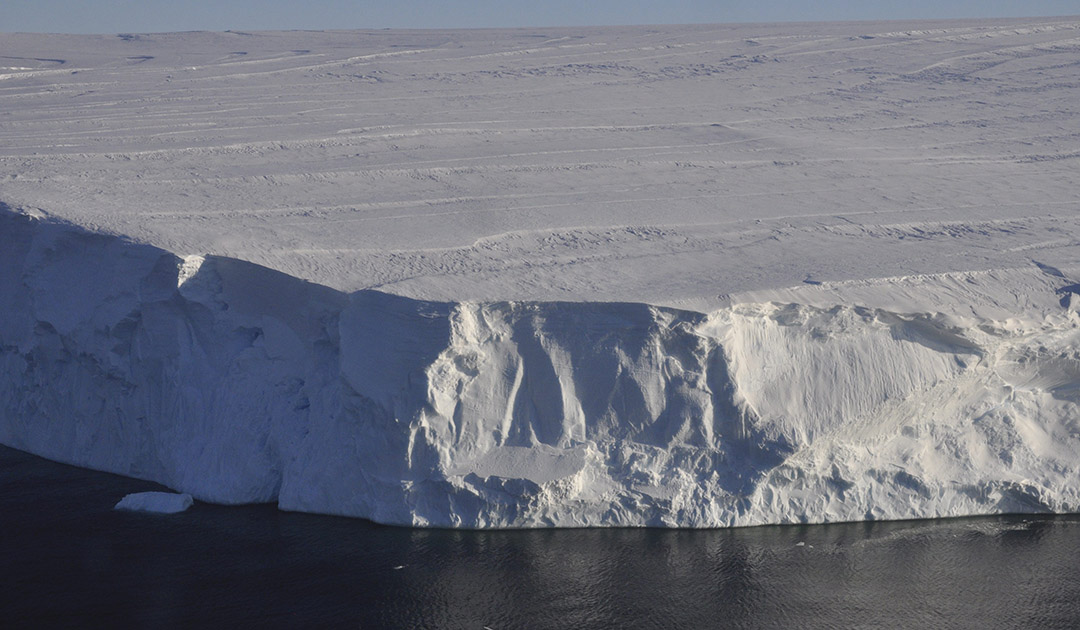
Thinning, shrinking, sliding and mega-cracks… Ice shelves in Antarctica have been losing their footing since 1940.

Calories are needed to combat the cold, and the reindeer have to work so hard to store up energy for the winter that they have to sleep ruminating during the summer.

Ship noise covers seven of the 41 calls made by belugas in the Anchorage area, forming an isolated population that could become extinct.

Our planet’s most active and southernmost volcano did not escape the attention of Nasa observers when clouds freed it from its shackles at the end of November, and its lava lake is still molten.

Biologist Christian Rixen writes about last summer’s expedition to Greenland in the footsteps of historic botanists – and climate change.

Physicists have noted that seismic activity in the Kerguelen archipelago could be linked to the retreat of the Cook glacier since 1999.

I’ve just spent 17 days (counting the days above the Arctic Circle) in Greenland, accompanying the “Greenlandia” expedition which, under the direction of Vincent Hilaire, aims to follow the evolution of the small village of Ittoqqortoormiit (the most isolated in East Greenland).

Vegetation traces found in an ice core taken nearly 60 years ago in the far north-west corner of Greenland suggest that the ice sheet had largely melted over 400,000 years ago.
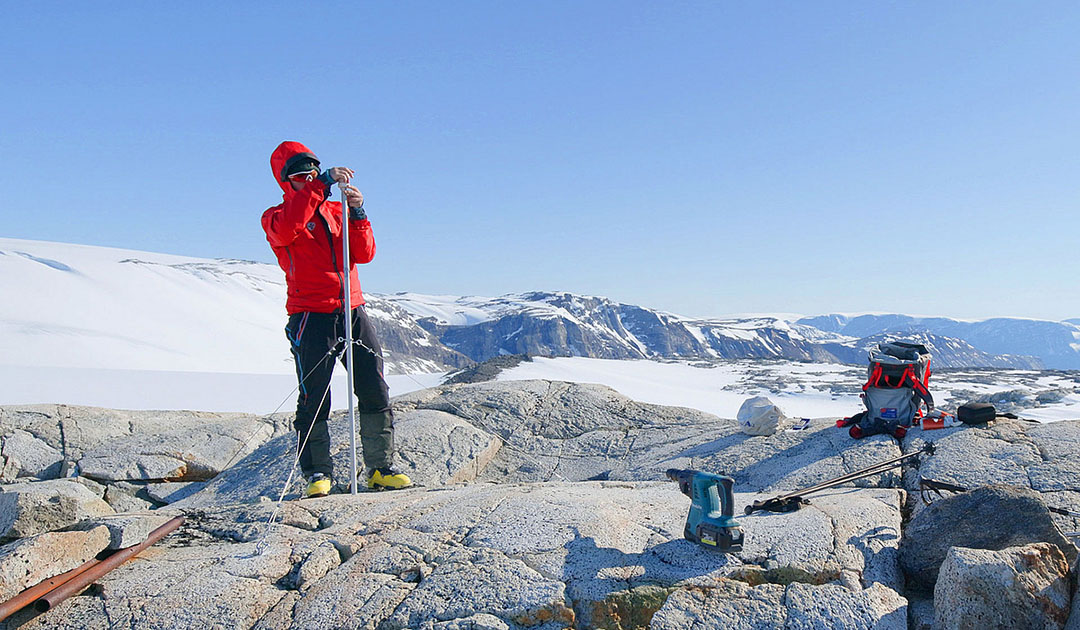
A recent article in “Science” emphasizes the responsibility of researchers regarding the rights of indigenous peoples.
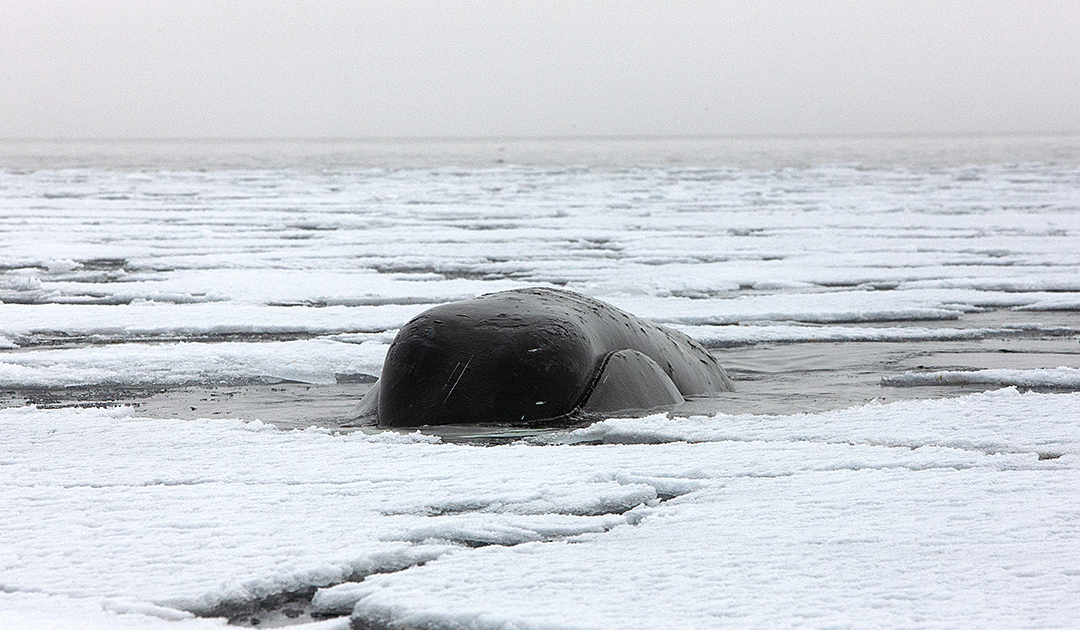
Bowhead whales appear to have a DNA-repair mechanism superior to that of other mammals

A hundred or so French polar scientists descended on Paris from 3-5 May to present and discuss their research and how it is feeding into contemporary issues

The polar fox transmits rabies to dogs through bites and Canada’s native population is unaware of the risks, notes a study by veterinarians.
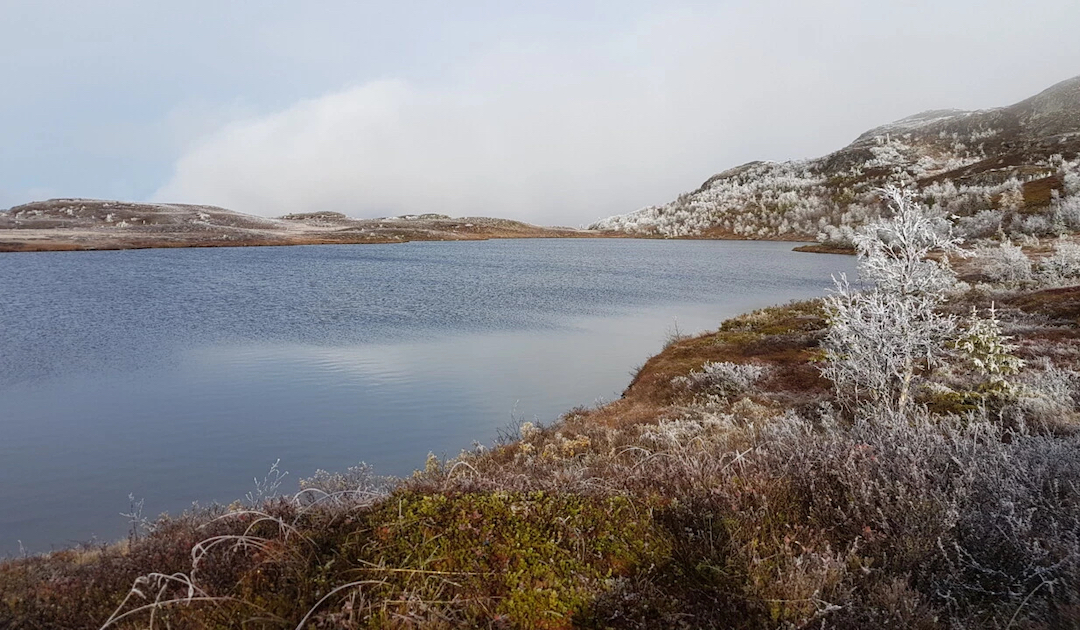
One of them is more troubling than the other

Greenland’s ice sheet has seen worse melting seasons than it did this year, but it has been a very long time since it has seen a good year
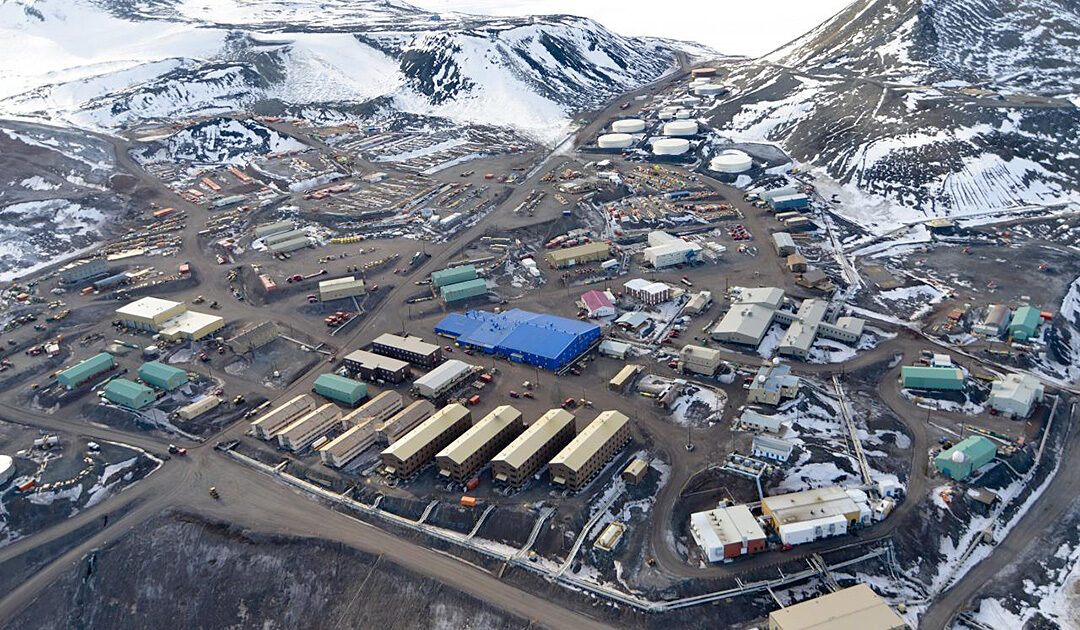
McMurdo Station will now be able to offer not-quite-high-speed internet

Pre-historic Alaska appears to have experienced seasonal floods capable of overwhelming a grown dinosaur
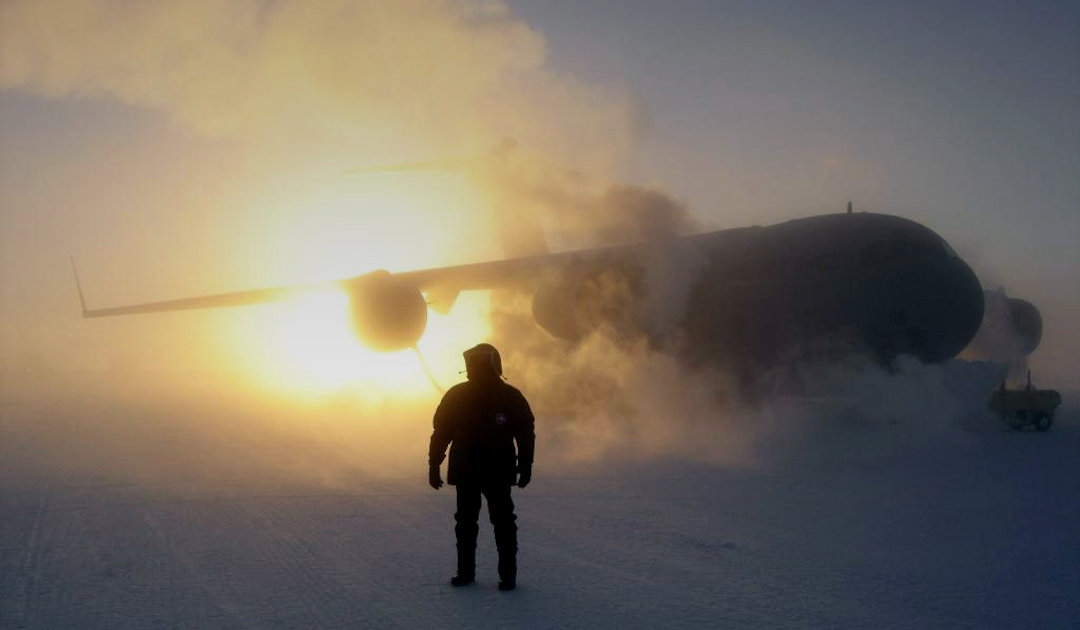
One of America’s leading sources of science funding is putting artists and teachers where the sun doesn’t shine (for half of the year)

NASA mission planners are looking for a suitable place on a side of the moon’s south pole facing the earth. This is where a lunar base is to be built in the future.
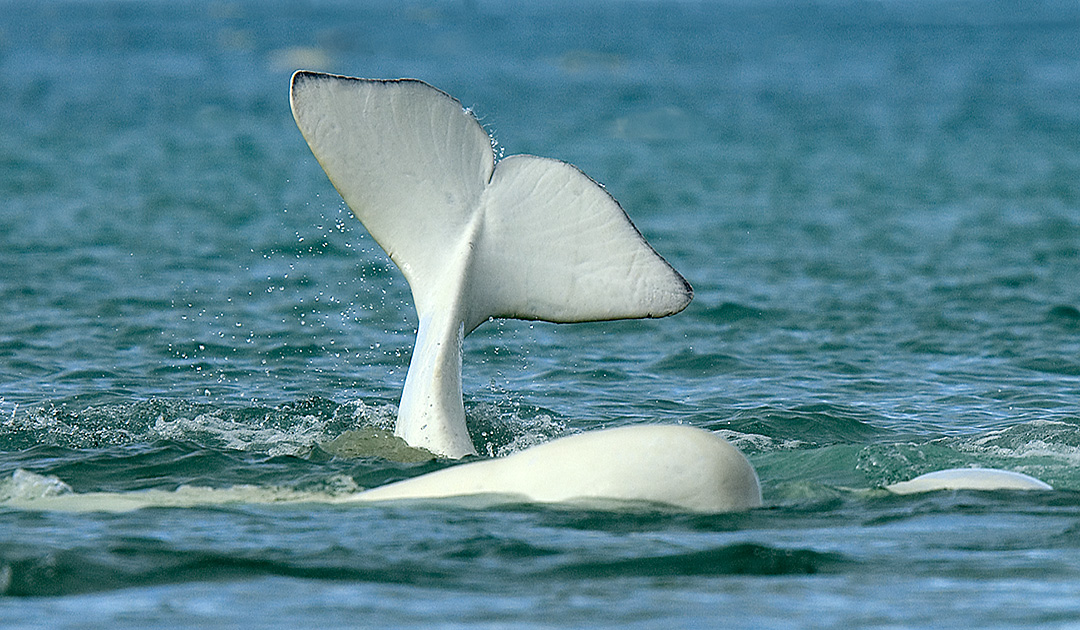
The 12 whales were distributed to the community after they were shot by mistake
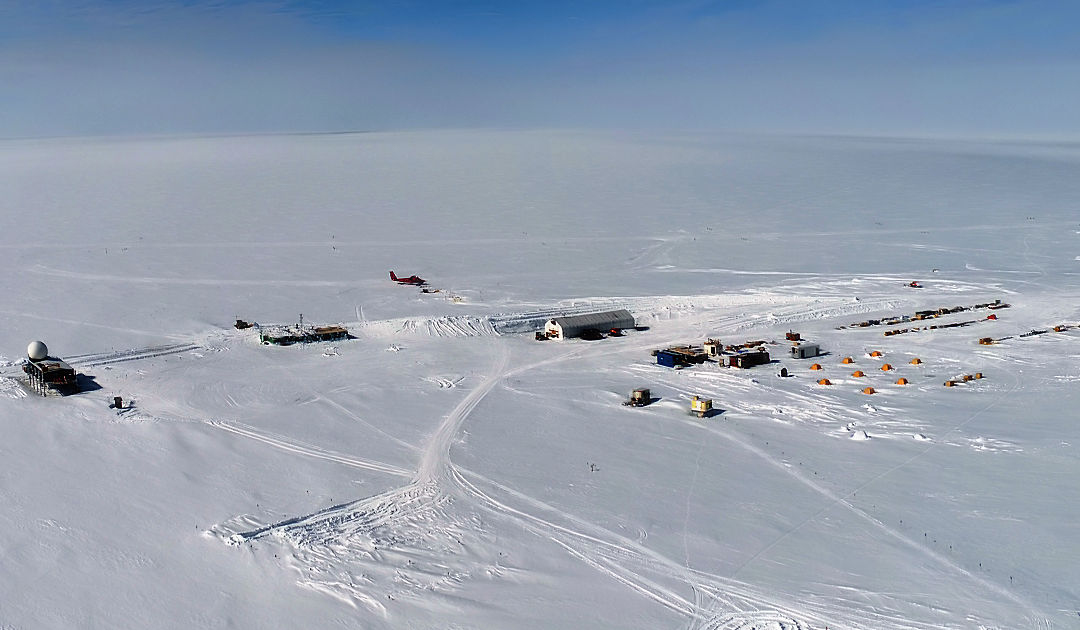
Greenland’s door is open to scientists, but it is still a good idea to knock first